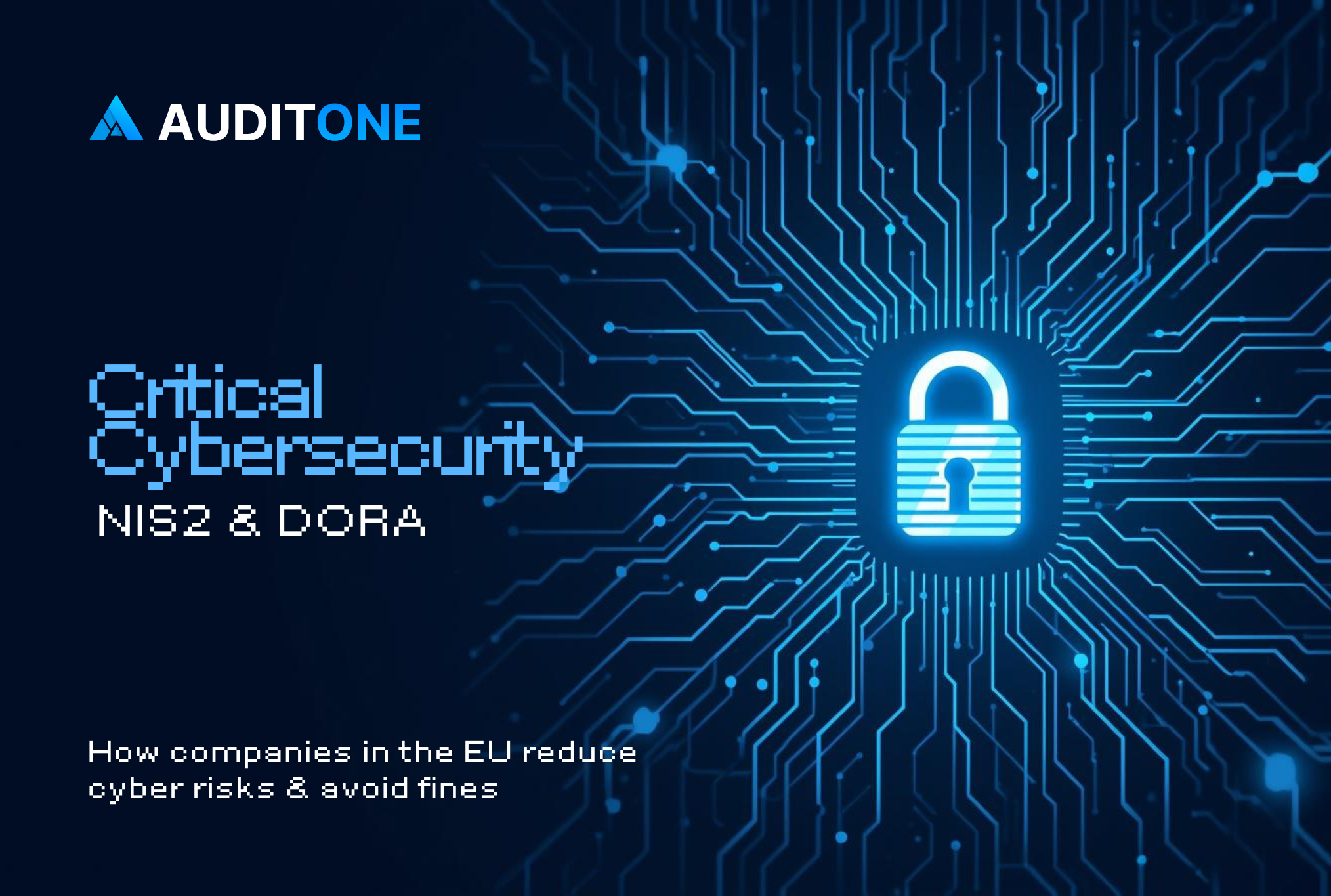In 2023, $1.79 billion was lost due to 751 security incidents. Each incident resulted in an average loss of $2.45 million. The highest losses of $686,558,472 occurred in Q3 from 183 hacks, scams, and exploits. We use smart contracts to run the Web3 infrastructure, but we must ensure it is secure before letting this baby out in the wild. That is where a token audit comes into play. What is a token audit?
The token audit evaluates the token's functions, security, and compliance with standards. It examines tokenomics, supply transferability, and its interaction with the overall blockchain ecosystem.
Importance of Token Audits in the Web3 Space
Token audits should be a staple in Web3 as more investors and users put their trust in smart contracts. According to Certik, BNB Chain experienced the highest number of security incidents, with a total of 387 hacks, scams, and exploits leading to $134 million in losses. This equates to an average loss of $346,253 per incident. Users need help to trust Web3 as a secure platform due to frequent attacks on these chains. However, a token audit can significantly reduce the possibility of attacks by identifying vulnerabilities before launch, thereby protecting users' assets. A token audit can proactively build trust among users and be effective for product development and marketing. When writing code, developers might make mistakes and overlook security measures that must be corrected. A token audit, conducted correctly by an independent vendor specializing in security, can highlight such issues before launch.
Why Token Audits Matter
Incidents related to the security of smart contracts have resulted in significant financial losses. The audit methodology involves a manual analysis of each line of the code and automated analysis using a test suite of tools. It is essential to ensure bug-free code for blockchain applications, and a detailed report can ensure smart contract security before deployment. Regular smart contract audits are necessary for crypto tokens to provide security assurance and identify potential security flaws.
Six Steps in the Token Audit Process
Auditing a smart contract is a meticulous process that involves various techniques and tools to enhance the resilience and security of blockchain protocols. Let's explore the steps involved in performing a comprehensive smart contract audit:
1. Gathering Documentation
The first step is to collect all the necessary documentation; then, the project initiates a code freeze and provides the auditors with all the technical documentation, including the codebase, whitepaper, architectural diagrams, and other relevant materials. This gives auditors a comprehensive overview of the contract's goals, scope, and exact execution.
2. Automated Testing
Automated testing is essential in auditing smart contracts. It examines all possible scenarios and detects performance and security issues. Auditors can conduct integration tests, function analysis, and penetration testing to ensure reliability and security.
3. Manual Review
In the third phase of security testing, a team of experts manually examines the system for vulnerabilities and errors that may have been missed during automated testing. They can identify logic, architecture, and coding-related issues, optimize gas usage, and pinpoint vulnerable areas to common attacks.
4. Error Classification
Audit errors are categorized by severity and consequences to prioritize resolution and assess risks. Categories include critical, major, medium, minor, and informational, based on the error's impact on security, funds, performance, reliability, and coding practices.
5. Initial Audit Report
After an audit, auditors create a report outlining code vulnerabilities and providing constructive guidance to the development team. This report is a guide to rectify the issues and prepare the smart contract for deployment.
6. Publication Of Final Audit Report
The final audit phase releases a report with detailed insights into all findings, categorized as resolved or unresolved. This report promotes transparency and helps users make informed decisions about the protocol's security and reliability.
Case Studies on the Impact of an Audit
We conducted an audit of the Fast Bridge smart contracts used by Aurora. The Fast Bridge is a semi-decentralized bridge that only facilitates token transfers between the NEAR and Ethereum blockchains in one direction. AuditOne's audit process involves a combination of automated and manual audits with a team of 3-4 independent auditors.
The audit uncovered and resolved 17 issues, 4 identified as critical. These critical issues could cause severe financial losses for the Aurora platform if not addressed before release.
An audit conducted by AuditOne helped to prevent risks associated with double-spending, unauthorized withdrawals, transaction delays, and potential fund losses. The audit also strengthened the platform's security and reliability through improvements in validation, event processing, configuration management, and updates to outdated dependencies.
Another Case Study Example: Token Labs – Platform for Creating and Managing ERC20 Tokens
Related Article: Your NFT Can Be Hacked! All You Need To Know About NFT Security
Conclusion
Smart contracts are always vulnerable to security breaches, and conducting a Token Audit can reduce the likelihood of such incidents. In the Web3 ecosystem, community-driven security incentives and awareness regarding the importance of taking security measures are crucial. At AuditOne, we offer a comprehensive code analysis beyond the usual security checks. Utilizing multiple experts ensures a thorough and efficient audit covering a broader range of issues, resulting in high-quality, peer-reviewed solutions. This process guarantees the smooth operation of the code and ensures that its functionality aligns with the desired outcome, resulting in robust and efficient code.
Protecting your Smart Contracts is essential for growth and user trust.
Book your Free Security Consultation:
Google Calendar: https://calendar.app.google/Ai15eyQhiV5c1pBXA
Telegram: https://t.me/m_ndr
.svg)


.svg)
.svg)

.jpg)






